THE BIG
NECESSITY

THE UNMENTIONABLE WORLD
OF HUMAN WASTE
AND WHY IT MATTERS
ROSE GEORGE
METROPOLITAN BOOKS Henry Holt and Company New York

Metropolitan Books
Henry Holt and Company, LLC
Publishers since 1866
175 Fifth Avenue
New York, New York 10010
www.henryholt.com
Metropolitan Books and  are registered trademarks of
are registered trademarks of
Henry Holt and Company, LLC.
Copyright 2008 by Rose George
All rights reserved.
Distributed in Canada by H. B. Fenn and Company Ltd.
Library of Congress Cataloging-in-Publication Data
George, Rose, 1969
The big necessity : the unmentionable world of human waste and why it matters / Rose George.1st ed.
p. cm.
Includes bibliographical references and index.
ISBN-13: 978-0-8050-8271-5
ISBN-10: 0-8050-8271-9
1. SanitationHealth aspects I. Title.
[DNLM: 1. Feces. 2. Sewage 3. Cross-Cultural Comparison. 4. Hygiene.
5. Socioeconomic Factors. 6. Toilet Facilities. WA 785 G348b 2008]
RA567.G46 2008
363.72dc22 2008029999
Henry Holt books are available for special promotions and
premiums. For details contact: Director, Special Markets.
First Edition 2008
Designed by Kelly S. Too
Printed in the United States of America
1 3 5 7 9 10 8 6 4 2
For T.D.W. George, for the introduction
Like an apartment where theres a kitchen, bedroom, bathroom. People see that and they want the same for themselves, a bigger house with different rooms for everything. They cant have all that so they get the big necessity, a toilet.
SHEIKH RAZAK ,
slum toilet builder, Mumbai
_______________
CONTENTS
_______________
THE BIG NECESSITY

_________________
Chengdu, China
(Author)
_______________
INTRODUCTION
EXAMINING THE UNMENTIONABLES
_______________
I need the bathroom. I assume there is one, though Im at a spartan restaurant in the Ivory Coast, in a small town filled with refugees from next-door Liberia, where water comes in buckets and you can buy towels secondhand. The waiter, a young Liberian man, only nods when I ask. He takes me off into the darkness to a one-room building, switches on the light, and leaves. Theres a white tiled floor, white tiled walls and thats it. No toilet, no hole, no clue. I go outside to find him again and ask if hes sent me to the right place. He smiles with sarcasm. Refugees dont have much fun but hes having some now. Do it on the floor. What do you expect? This isnt America! I feel foolish. I say Im happy to use the bushes, its not that Im fussy. But hes already gone, laughing into the darkness.
I need the bathroom. I leave the reading room of the British Library in central London and find a ladies a few yards away. If I prefer, theres another one on the far side of the same floor, and more on the other five floors. By 6 P.M ., after thousands of people have entered and exited the library and the toilets, the stalls are still clean. The doors still lock. There is warm water in the clean sinks. I do what I have to do, then flush the toilet and forget it, immediately, because I can, and because all my life I have done no differently.
This is why the Liberian waiter laughed at me. He thought that I thought a toilet was my right, when he knew it was a privilege.
It must be, when 2.6 billion people dont have sanitation. I dont mean that they have no toilet in their house and must use a public one with queues and fees. Or that they have an outhouse, or a rickety shack that empties into a filthy drain or pigsty. All that counts as sanitation, though not a safe variety. The people who have those are the fortunate ones. Four in ten people have no access to any latrine, toilet, bucket, or box. Nothing. Instead, they defecate by train tracks and in forests. They do it in plastic bags and fling them through the air in narrow slum alleyways. If they are women, they get up at 4 A.M . to be able to do their business under cover of darkness for reasons of modesty, risking rape and snakebites. Four in ten people live in situations where they are surrounded by human excrement because it is in the bushes outside the village or in their city yards, left by children outside the backdoor. It is tramped back in on their feet, carried on fingers onto clothes, food, and drinking water.
The disease toll of this is stunning. A gram of feces can contain 10 million viruses, 1 million bacteria, 1,000 parasite cysts, and 100 worm eggs. Bacteria can be beneficial: the human body needs bacteria to function, and only 10 percent of cells in our body are actually human. But plenty are malign. Small fecal particles can contaminate water, food, cutlery, and shoes, and be ingested, drunk, or unwittingly eaten. One sanitation specialist has estimated that people who live in areas with inadequate sanitation ingest 10 grams of fecal matter every day. Poor sanitation, bad hygiene, and unsafe waterusually unsafe because it has fecal particles in itcause one in ten of the worlds illnesses. Children suffer most. Diarrheanearly 90 percent of which is caused by fecally contaminated food or waterkills a child every fifteen seconds. The number of children who have died from diarrhea in the last decade exceeds the total number of people killed by armed conflict since the Second World War. Diarrhea, says the UN childrens agency UNICEF, is the largest hurdle a small child in a developing country has to overcome. Larger than AIDS, or TB, or malaria. 2.2 million peoplemostly childrendie from an affliction that to most Westerners is the result of bad take-out food. Public health professionals talk about water-related diseases, but that is a euphemism for the truth. These are shit-related diseases.
In 2007, readers of the British Medical Journal were asked to vote for the biggest medical milestone of the last two hundred years. Their choice was wide: antibiotics, penicillin, anesthesia, the Pill. They chose sanitation. In poorly sewered nineteenth-century London, one child out of two died early. After toilets, sewers, and hand-washing with soap became normal, child mortality dropped by a fifth. It was the largest reduction in child mortality in British history. In the poor world, proper disposal of human excretathe process which is given the modern euphemism of sanitationcan reduce diarrhea by nearly 40 percent. (Though 90 percent of most sanitation-related budgets go on water supply, providing more or cleaner water only reduces diarrhea by 16 to 20 percent.) Harvard University geneticist Gary Ruvkun believes the toilet is the single biggest variable in increasing human life span. Modern sanitation has added twenty years to the average human life. Good sanitation is also economically sensible. A government that provides adequate sanitation saves money on hospital visits avoided, and does not lose labor days to dysentery or workers to cholera. Where good sanitation exists, people are wealthier, healthier, and cleaner.
When sanitarians talk about history, their time line usually begins on a Friday morning in 1854, when Dr. John Snow, a doctor in Londons Soho, removed the handle from a water pump in Broad Street because he was the first to understand that cholera was traveling in excrement that got into the water supply and the awful consequences of this fact (in 1849, cholera killed over 50,000 people nationwide). Sewers followed; flush toilets flourished. By now, modern living provides nearly everyone with one or several magic disposal units that make excrement disappear and that act as a barrier between humans and their potentially toxic waste. Every city has sewers that take it away to who knows where, where a bigger disposal unit does with it whatever it does, out of sight and one hopes without smell. Sanitation is what modern cities are built on and how they can function with so many people living so closely together without the consequences that the plastic-bag defecators know too well because it cripples their guts and kills their children.


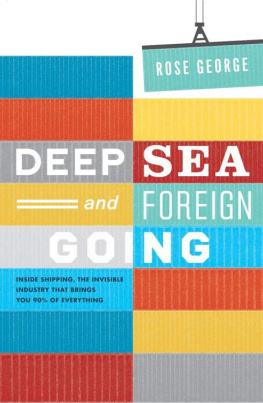
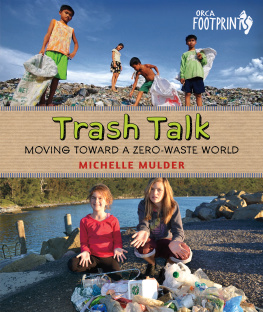
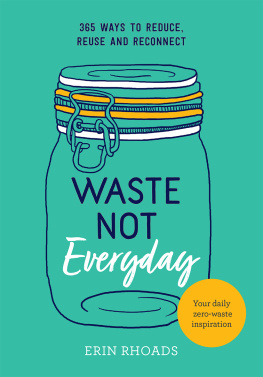

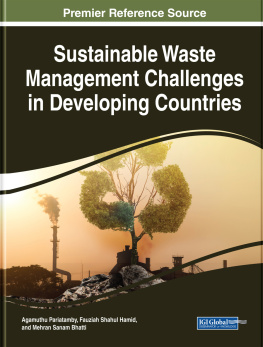

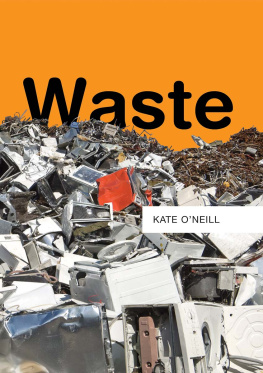
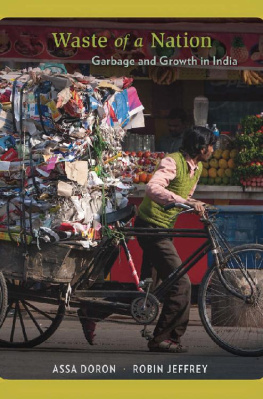
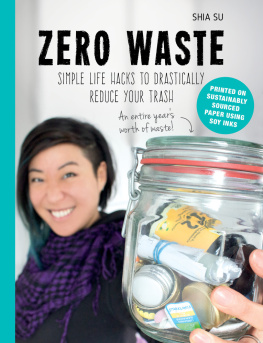
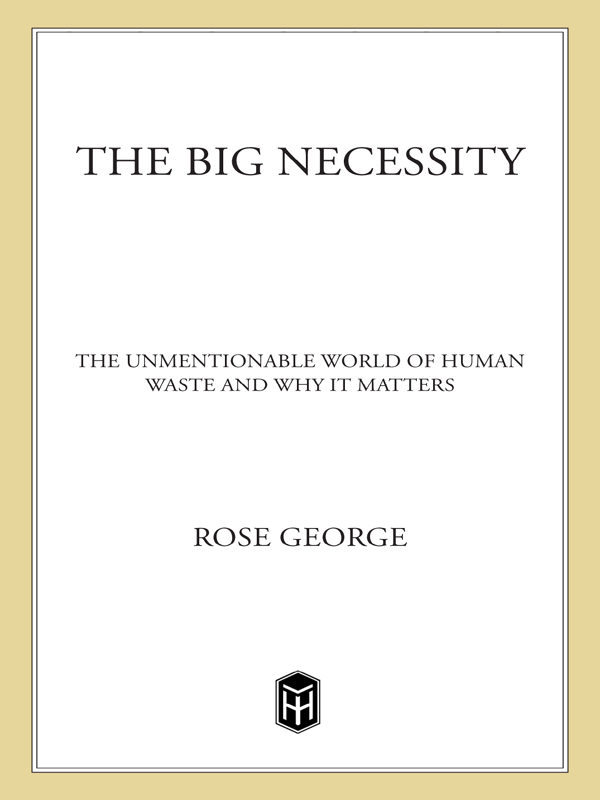


 are registered trademarks of
are registered trademarks of